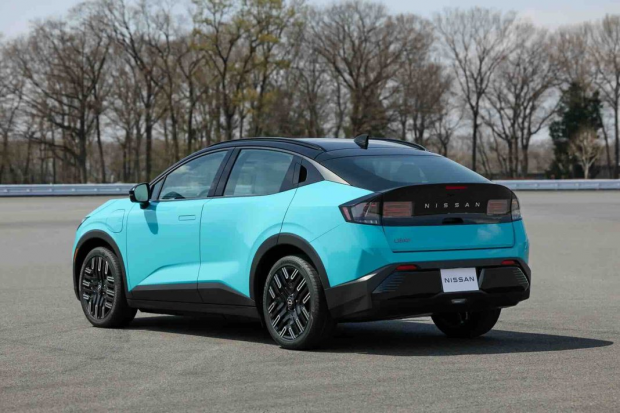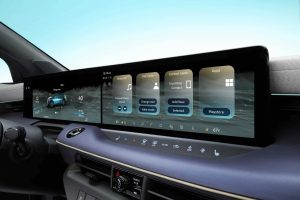
Breaking News
 Tariff-Driven Rally Reverses In Lumber Market
Tariff-Driven Rally Reverses In Lumber Market
 New Jersey declares State of Emergency as Hurricane Erin barrels up East Coast
New Jersey declares State of Emergency as Hurricane Erin barrels up East Coast
 Ron Paul Cured My Apathy by Karen Kwiatkowski
Ron Paul Cured My Apathy by Karen Kwiatkowski
 How Did $31,485 Become "Affordable"?
How Did $31,485 Become "Affordable"?
Top Tech News
 Chinese Scientists Produce 'Impossible' Steel to Line Nuclear Fusion Reactors in Major Break
Chinese Scientists Produce 'Impossible' Steel to Line Nuclear Fusion Reactors in Major Break
 1,000 miles: EV range world record demolished ... by a pickup truck
1,000 miles: EV range world record demolished ... by a pickup truck
 Fermented Stevia Extract Kills Pancreatic Cancer Cells In Lab Tests
Fermented Stevia Extract Kills Pancreatic Cancer Cells In Lab Tests
 3D printing set to slash nuclear plant build times & costs
3D printing set to slash nuclear plant build times & costs
 You can design the wheels for NASA's next moon vehicle with the 'Rock and Roll Challenge
You can design the wheels for NASA's next moon vehicle with the 'Rock and Roll Challenge
 'Robot skin' beats human reflexes, transforms grip with fabric-powered touch
'Robot skin' beats human reflexes, transforms grip with fabric-powered touch
 World's first nuclear fusion plant being built in US to power Microsoft data centers
World's first nuclear fusion plant being built in US to power Microsoft data centers
 The mitochondria are more than just the "powerhouse of the cell" – they initiate immune...
The mitochondria are more than just the "powerhouse of the cell" – they initiate immune...
 Historic Aviation Engine Advance to Unlock Hypersonic Mach 10 Planes
Historic Aviation Engine Advance to Unlock Hypersonic Mach 10 Planes
 OpenAI CEO Sam Altman Pitches Eyeball-Scanning World ID to Bankers
OpenAI CEO Sam Altman Pitches Eyeball-Scanning World ID to Bankers
How Did $31,485 Become "Affordable"?

Somehow, Nissan thinks this will sell.
Apparently, because the new, less-affordable Leaf is said to be able to go 303 miles in between charges. This is double the range of the 2025 Leaf (with its standard battery pack) but the question Nissan seems not to have asked itself is whether range sells when the vehicle costs too much.
The base price of the '26 Leaf is pretty close to the base price of a number of entry-luxury brand models such as the Audi A3 ($38,200), BMW 2 Series ($39,600) and Lexus NX ($40,965) – all of which by the way go farther than Nissan says the Leaf can go. The word is italicized to emphasize an important point. That being the fact that EV manufacturers – it's not just Nissan – tout ranges that tend to be overly optimistic because they assume the EV is not driven "aggressively" (meaning avoid making more than occasional use of the rapid acceleration EV manufacturers like to tout) and that it is not very hot or very cold out, enabling the driver to get by without using the AC or the heat at full-blast. If it is very cold or very hot out and the driver does use the AC or the heat at full-blast or makes more than occasional use of the ability to accelerate rapidly, the actual driving range will be significantly less than advertised.
It is interesting to note here that EVs are not held to the same standard as vehicles that are propelled by engines. There have in fact been recalls (and class action lawsuits) over relatively minor not-measuring-up to what was advertised as regards miles-per-gallon. Hyundai, to cite one example, was taken to the woodshed over a disparity of about 5 MPG in advertised vs. actual driving range, a disparity of less than 10 percent. I have personally experienced disparities much greater than this in the course of test driving more than a dozen EVs made by various manufacturers. One of the most egregious disparities being the actual vs. touted driving range of the Ford F-150 Lightning pickup. Its driving range went down by half when it was cold out and I had a trailer hooked to it. The actual driving range of several Mercedes EVs also plummeted when I made us of the touted ability to accelerate rapidly.



